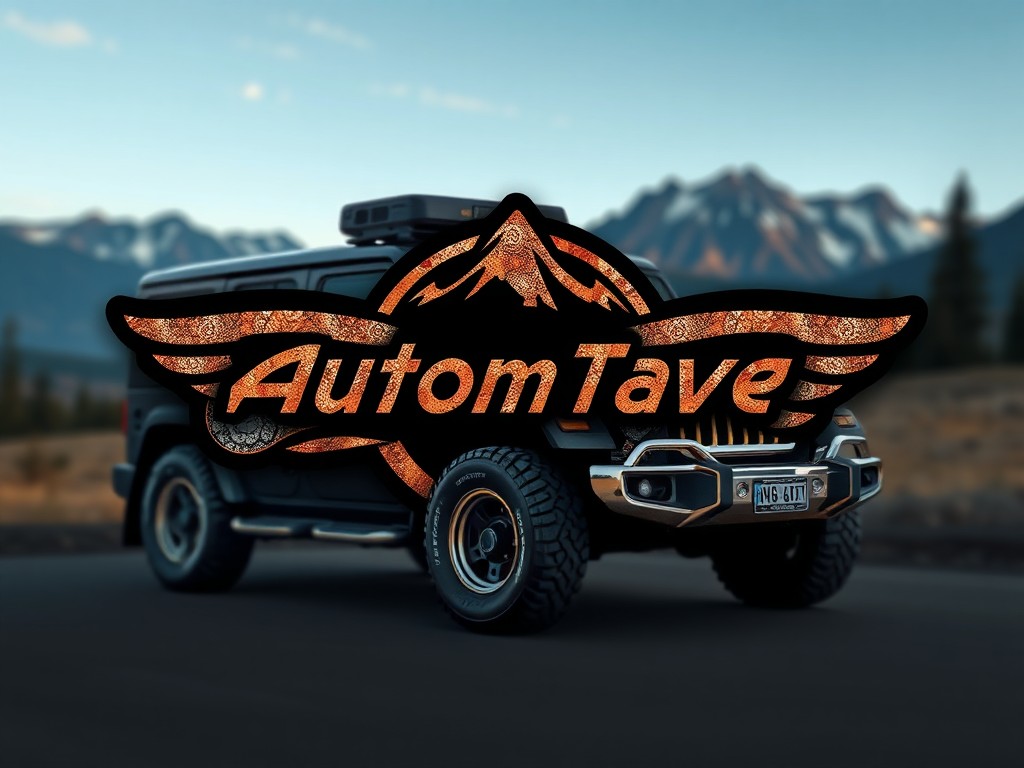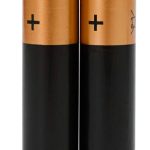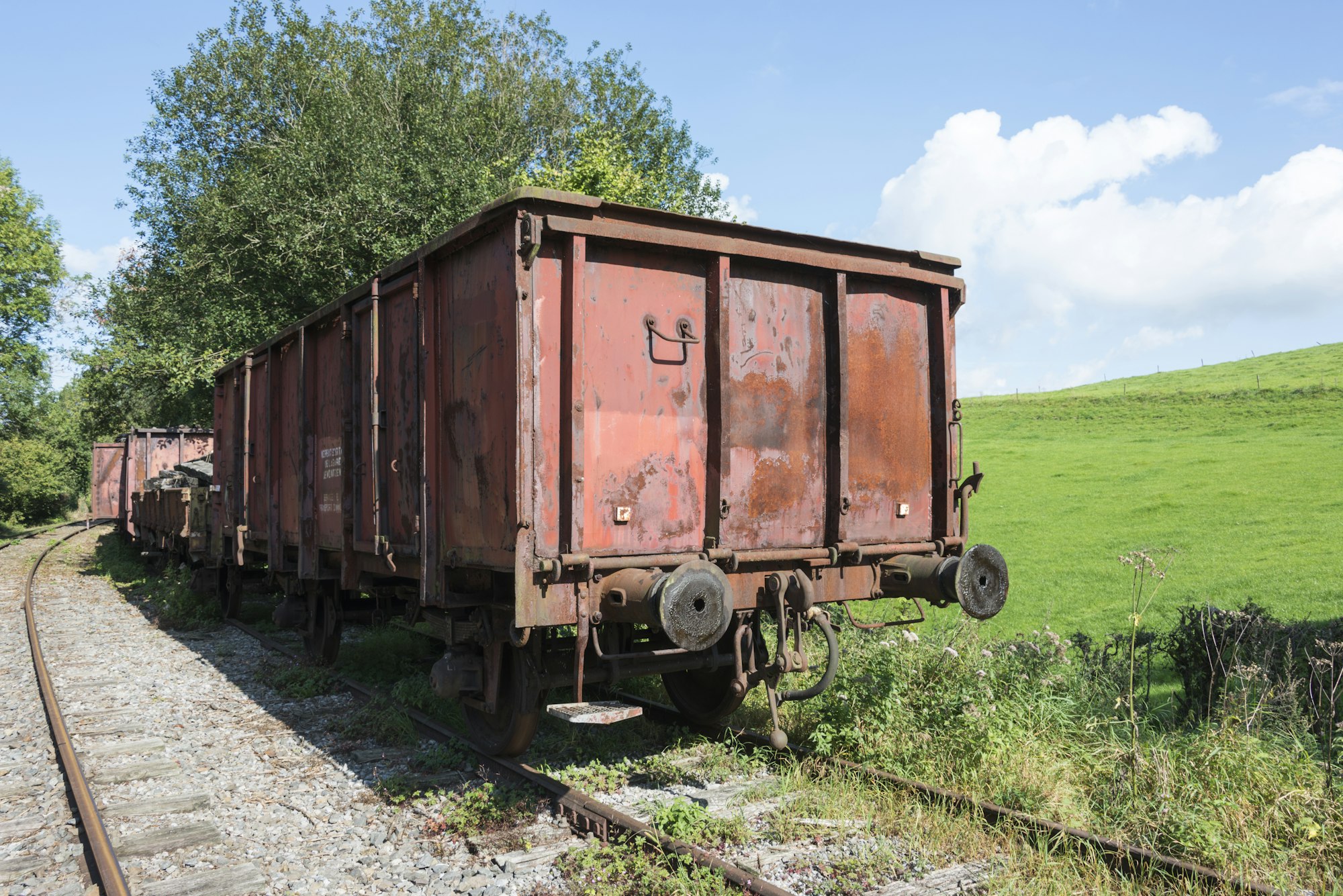Your vehicle is an essential part of your daily life. It gets you to work, transports your family, and serves as a lifeline in emergencies. Therefore, it’s crucial to ensure its safety and longevity through regular maintenance and inspection. One frequently neglected area of maintenance is the chassis, the core framework of your vehicle.
Corrosion, or simply put, rust, can severely damage the chassis of your vehicle. This is a common problem, particularly in regions with high humidity or where roads are salted during winter. Corrosion can weaken the structural integrity of your vehicle, compromise its safety, and significantly reduce its lifespan. Therefore, routine inspection of the chassis for corrosion is vital.
In parallel : Can upgrading the brake calipers improve the emergency stopping capability of your vehicle?
Let’s delve into the recommended procedure for inspecting the chassis of a vehicle for corrosion.
Begin with a General Visual Inspection
Start your inspection by doing a visual check of the vehicle. While this won’t reveal hidden damage, it can provide a general understanding of the vehicle’s condition. You’re looking for noticeable signs of corrosion, such as discolored patches, peeling paint, rust stains, or areas where the metal appears to be flaking or pitting.
Also to see : How should you handle a sudden tire blowout on a busy UK motorway?
Bear in mind that rust can develop inside hollow parts of the chassis, so even if the exterior looks fine, there could still be unseen damage. It’s advisable to probe suspect areas with a small screwdriver. If the metal is soft or breaks away easily, this could be an indication of corrosion.
Check for Leaks and Drips
A leak or drip can indicate a problem in your vehicle. For example, an oil or fluid leak can speed up the corrosion process. When fluids leak onto parts of the chassis, they can eat away at the metal, causing it to rust.
Look under your car for any signs of drips and if you find any, try to identify the source. Motor oil, power steering fluid, brake fluid, and coolant are all substances that could potentially cause corrosion if they leak onto the chassis. You should also check the fluid levels in your car regularly to ensure they’re in the correct range.
Areas to Pay Special Attention to During your Inspection
Certain parts of the vehicle are more prone to rust than others. The underbody of the car, for instance, is a prime area for corrosion due to its constant exposure to moisture, road salt, and debris. Pay special attention to the rocker panels (the areas beneath the doors), wheel wells, and the exhaust system.
The chassis frame is another area that you should focus on. This is one of the most critical parts of the vehicle, as it supports the car’s weight and absorbs the impact in case of a collision. Any rust or corrosion in this area could significantly compromise the vehicle’s safety.
Take Preventative Measures
Prevention is always better than cure. Once you’ve inspected the chassis and addressed any issues, it’s also necessary to implement preventative measures to reduce the chance of corrosion in the future.
Regularly cleaning your vehicle, especially the underbody, can help remove corrosive substances such as dirt, salt, and grime. You should also consider applying a rust-proofing product to the chassis. This can provide further protection against corrosion, particularly if the car is based in an area with a high risk of rust.
Professional Inspection
While a do-it-yourself inspection can be beneficial and save you money, it cannot replace a professional inspection. Car experts have the tools and knowledge to identify and treat corrosion in hard-to-reach parts of the chassis.
Professional mechanics also have the experience to spot early signs of rust that you may overlook. For instance, bubbled paint may not seem like a big problem to an untrained eye, but it could be an indication of rust underneath.
In conclusion, inspecting the chassis for corrosion is an essential part of vehicle maintenance. Regular inspection can help identify potential problems early, allowing for timely intervention and potentially saving you expensive repair costs in the long term. Remember that while you can undertake some of these inspections yourself, it’s still advisable to have your vehicle checked by a professional mechanic regularly.
Importance of Regular Maintenance Inspection and Adherence to Manufacturer Recommendations
The routine maintenance inspection of your vehicle is crucial in detecting corrosion in the early stages, providing an opportunity for immediate corrosion treatment. This process involves checking the tire pressure, fluid levels, and assessing the landing gear along with the chassis. These areas are vital as they are exposed to the elements, making them susceptible to corrosion.
During the maintenance inspection, it is important to follow the manufacturer recommendations. Adherence to these recommendations ensures that the inspection covers all potential areas for corrosion, as outlined by the vehicle experts who designed and built your vehicle.
Vehicle owners should also pay attention to the motor carrier’s advice, especially regarding anti-corrosion practices. Best practices often include regular cleaning of the vehicle, particularly parts exposed to the elements, and applying anti-corrosion substances on the chassis.
A thorough corrosion assessment should also include checking for signs of wear and tear, such as cracks or holes, on the load-bearing parts of the vehicle. These areas are critical as they bear the vehicle’s weight and, if compromised by rust, could pose a significant safety risk.
Ensuring Compliance with Industry Standards and Department of Transportation Regulations
The Department of Transportation has set forth regulations that detail the standard procedures for maintenance inspections. These regulations include specific checks for corrosion to ensure that the vehicle’s overall structure remains safe and reliable.
Abiding by industry standards not only ensures the soundness of your vehicle but also aids in securing optimal protection against corrosion. Additionally, these standards act as a comprehensive guide for vehicle owners on how to keep their vehicles corrosion-free.
In the event that the chassis is heavily corroded, it’s important to have the chassis repaired or replaced by certified professionals to ensure that the repair aligns with industry standards. This not only guarantees your safety but also ascertains the longevity of your vehicle.
Maintaining the integrity of your vehicle’s chassis is paramount to ensure the safety and longevity of your vehicle. Regular visual inspections, adherence to manufacturer recommendations, and compliance with industry standards and department of transportation regulations are vital in achieving this.
While a DIY inspection can certainly help identify potential issues, it should not replace a professional inspection. Certified mechanics have the necessary training and equipment to detect and treat corrosion, and their expertise can save vehicle owners from costly repairs in the future.
Awareness about potential trouble spots, such as the chassis frame and underbody, and taking preventative measures like regular cleaning and anti-corrosion treatments can also significantly help in keeping your vehicle rust-free.
Especially for those living in humid or salty environments, due diligence in maintaining your vehicle, in accordance with industry standards, can go a long way in ensuring the safety and prolonging the life of your vehicle. Remember, investing in preventative maintenance today can save you from a hefty repair bill in the future.











